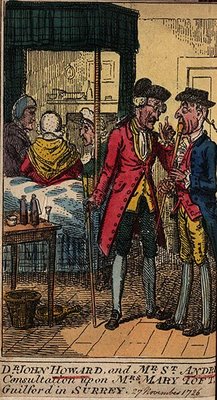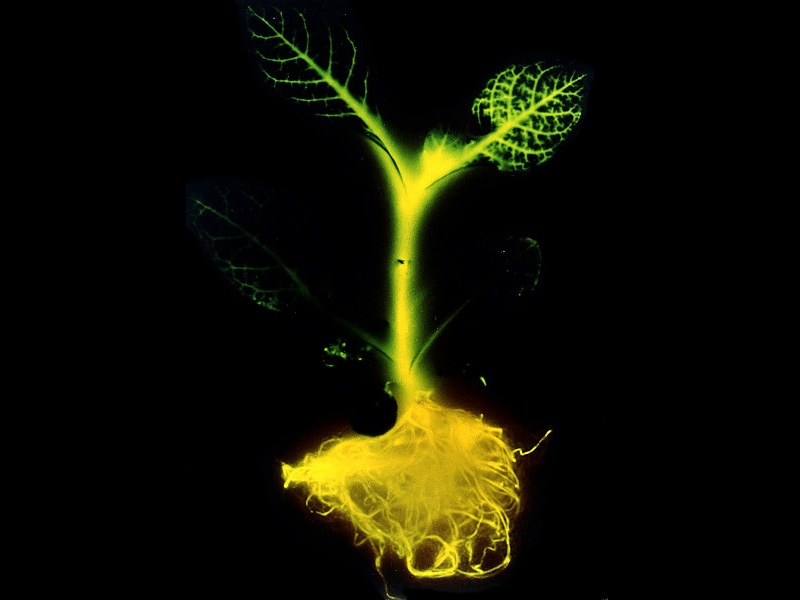
Far too many scientists who made major contributions to knowledge and human health go unremarked, forgotten save for the occasional postage stamp or Google doodle. So when I was offered the chance to write about a few of the many outstanding scientists who came from Spanish-speaking lands, cultures and ancestors, I was understandably excited…and a little nervous. On the one hand, combining such a varied assemblage of people under one term – especially the political term Hispanic – wasn’t ideal. On the other hand, it gave me the chance to explore, and raise awareness of, a remarkably diverse array of persons, backgrounds and accomplishments. I hope you’ll find their stories as inspiring as I did.




